-
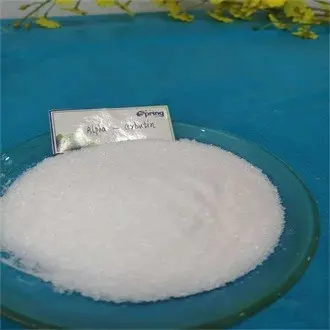
The action and usage of alpha arbutin
The advantage of alpha arbutin 1.Nourish and tender skin. Alpha-arbutin can be used in the production of different kinds of cosmetics, and skin care products such as skin creams and advanced pearl creams made from it. After application, it can supplement rich nutrition f...Read more -
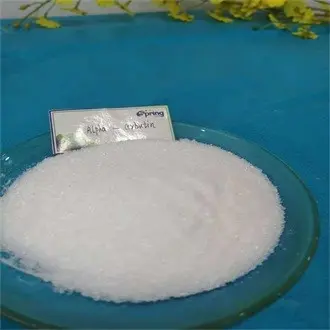
The introduction of alpha-Arbutin
Alpha Arbutin is the active substance originated from natural plant which can whiten and lighten skin. Alpha Arbutin Powder can infiltrate into the skin quickly without affecting the concentration of cell multiplication and effectively prevent activity of tyrosinase in t...Read more -

Introduction of benzalkonium bromide
Benzalkonium bromide is a mixture of dimethylbenzylammonium bromide, a yellow-white waxy solid or gel. Easily soluble in water or ethanol, with aromatic odor and extremely bitter taste. Produces large amount of foam when strongly shaken. It has the properties of typical ...Read more -
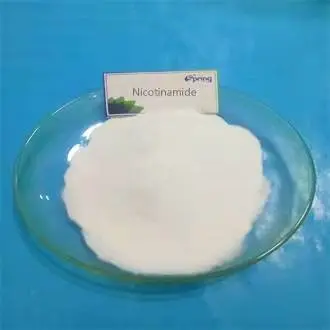
What is nicotinamide skin care products and what is the role of nicotinamide
People who take care of their skin should know about nicotinamide, which is found in many skincare products, so do you know what nicotinamide is for skincare? What is the role of it? Today we will answer in detail for you, if you are interested, take a look! Nicotinamide...Read more -

What are the cosmetic preservatives
The skin care products we use every day basically contain a certain amount of preservatives, because we live in the same world with bacteria, so the possibility of infection by external bacteria is also a lot, and most consumers are very difficult to do aseptic operation...Read more -
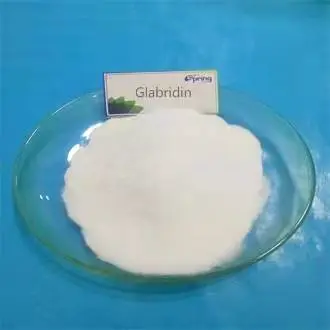
What are the application characteristics of Glabridin, which has stronger whitening effect than Vitamin C and Niacinamide?
It was once known as "whitening gold", and its reputation lies in its incomparable whitening effect on the one hand, and the difficulty and scarcity of its extraction on the other. The plant Glycyrrhiza glabra is the source of Glabridin, but Glabridin only accounts for 0...Read more -
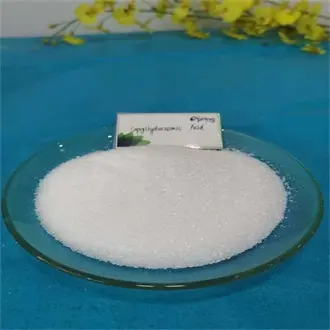
Caprylhydroxamic Acid May Become A New Selling Point
With the continuous improvement of people’s living standards, the national consumption level has stepped into a new stage, and an increasing number of customers pay attention to beauty and skin care, so various types of cosmetic brands have come into thousands of househo...Read more -

Everything You Need To Know About Glutaraldehyde
As a saturated straight-chain aliphatic dibasic aldehyde, glutaraldehyde is a colorless transparent liquid with irritating odor and excellent killing effect on reproductive bacteria, viruses, mycobacteria, pathogenic...Read more -

Is Sodium Benzoate Safe For Hair
Hair care products and cosmetics undeniably require preservatives to prevent the growth of bacteria, and sodium benzoate for hair has become one of the preservatives employed instead of hazardous alternatives. Many of you may consider it dangerous and poisonous to people...Read more -

What is allantoin used for
Allantoin is white crystalline powder; slight soluble in water, very slightly soluble in alcohol and aether, soluble in hot water, hot alcohol and sodium hydroxide solution. In co...Read more -

What is chlorhexidine gluconate solution
chlorhexidine gluconate is a disinfect and antiseptic medicine; bactericide, strong function of broad-spectrum bacteriostasis, sterilization; take effective for kill gram-positive bacteria gram-negative bacteria; used for disinfecting hands, skin, washing wound. ...Read more -
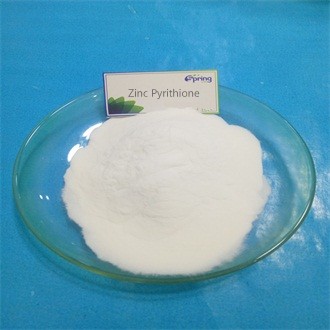
Rid Yourself of Pesky Flakes with Zinc Pyrithione
Each and everyone desires to get healthful hair, but most have different hair problems. Are you bothered by a flaky scalp problem? Though dressing up and impressive in appearance, countless dandruff is getting you down or...Read more













